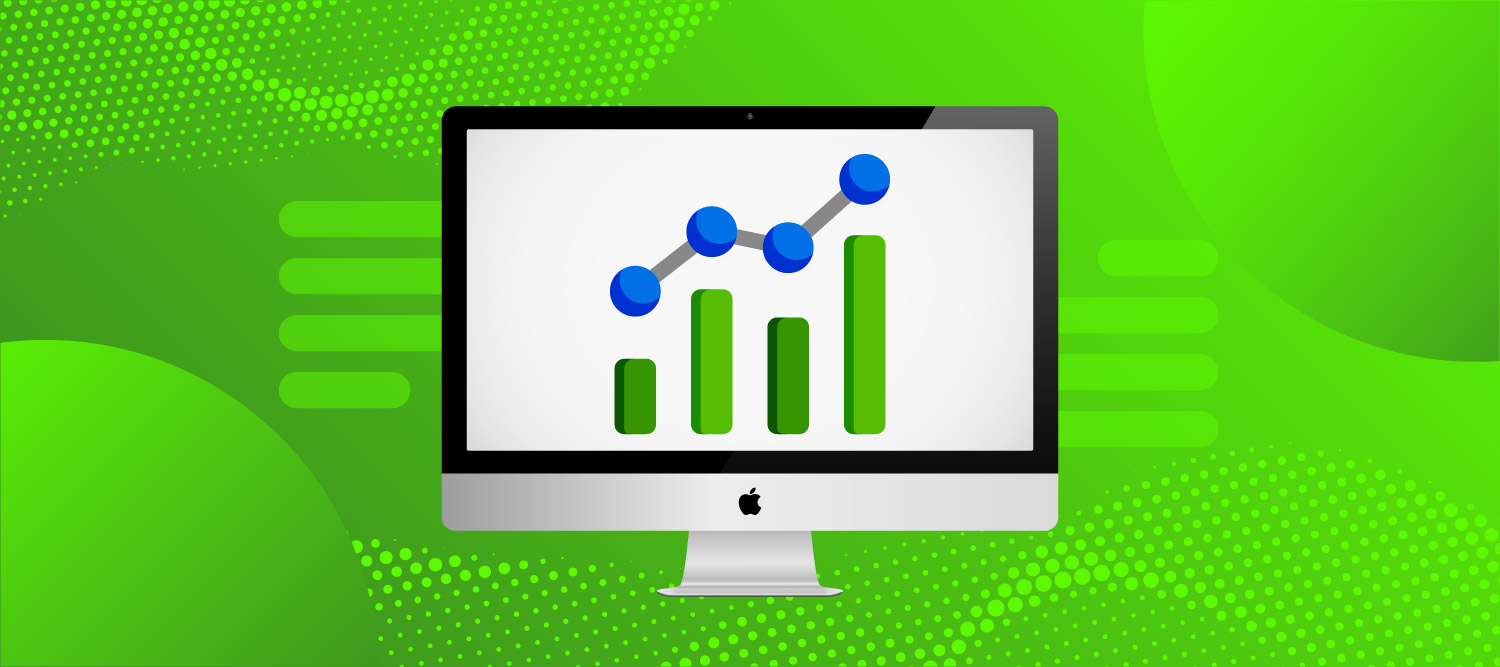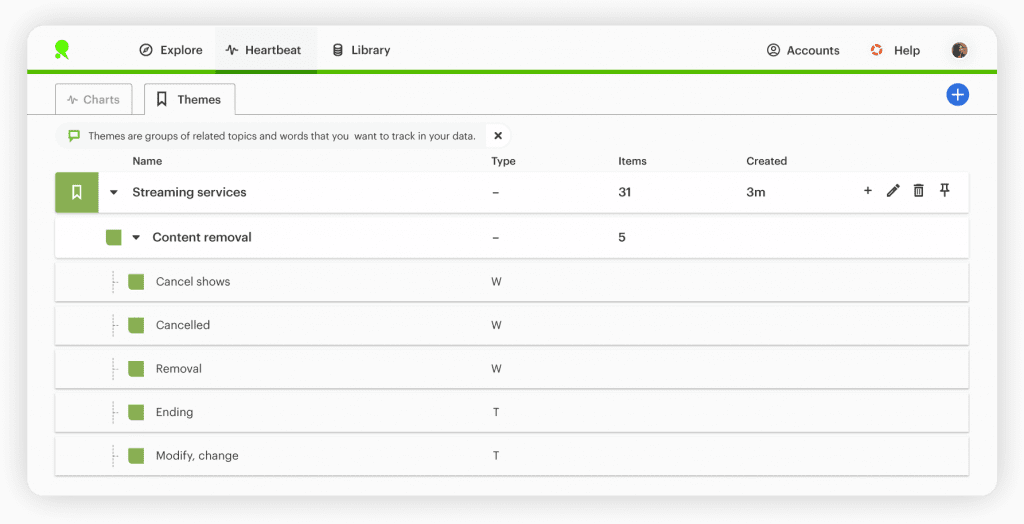Bringing metrics to your specialist text data with Custom Themes

We are excited to announce the release of our latest feature which will revolutionize the way you analyze unstructured text data. Introducing Custom Themes – a tool that empowers you to add your domain expertise on top of our AI-generated topics and create reportable insights that you can take to the board.
Using Custom Themes in text analytics allows you to create your own categories, to provide more flexibility in understanding your customers’ specific needs, resulting in more accurate insights and better decision-making.
Why should you customize your analysis?
As text analytics leaders, we recognize that a one-size-fits-all approach does not always work. In addition to our standard lexicon, Relative Insight lets you define the topics to match your industry’s specialized language. This leads to a smoother process, negating the need for workarounds.
We have developed Custom Themes to help those customers who are seeking to analyze industry-specific language. It allows for more accurate topic detection for improved efficiency in turning your text data into reportable insights.
Ben Hookway, CEO of Relative Insight, said: “At Relative Insight, we’re driven by our unwavering commitment to customer value.
“We’ve witnessed the power of visual and numerical data presentation of unstructured data and the way it resonates with the stakeholders. That’s why we’re excited to offer Custom Themes, empowering you to quantify your text data with ease.
“It’s an exciting opportunity to unlock deeper insights and make data-driven decisions that truly impact your business.”


Custom Themes and their functionality
Custom Themes refer to a user’s ability to define the topics for a text analysis model to extract information about. You can do this by selecting a set of topics, words, and phrases that the model should look for. You may already be familiar with this functionality if you have used Heartbeat.
In general, it allows for more targeted results for industries with specialized vocabulary. For example, for the Star Trek fans out there, it’s clear that Enterprise (the name of the fictional spacecraft where the series are set) should not be listed under Business. With Custom Themes, you can easily create your category and call it something more relevant, such as Starship.
Using Custom Themes not only enhances your reporting process but also enables you to define your own metrics, saving time and effort.
For instance, a software company previously relied on manual tagging of survey open-end responses to understand the customer sentiment for quarterly reports. This method was slow and labor-intensive.
However, by leveraging Custom Themes and creating bespoke groups based on their specific needs, they successfully automated the process, allowing them to generate monthly reports. Through Custom Themes, they gained the ability to quickly analyze their data, categorize it into positive and negative drivers, and identify message frequency. This enabled them to dive deeper, pinpoint the primary drivers of positive customer experiences and identify areas that required improvement.
Getting started with Custom Themes
First, figure out what kind of themes you want to create, based on your current data. Are there any topic categories that don’t make sense for your industry?
Going back to Star Trek, in the context of the TV series, Captain does not belong in Maritime transport. Simply, click on the blue box, and select ‘Create theme.’
You can then give it a name, such as Star Trek, and click Create. Now you can also drag and drop the relevant words to create topics within it, for example, Starship. For more details on how to create Custom Themes, visit our Help Centre.
Custom Themes are now available to all our customers – log in to start creating your own. Or, if you have any questions about the new functionality, reach out to your account team.
To see it in action, check out the use case from a market research specialists Path, who explain how they use Custom Themes to deliver more precise reports to their clients and quantify their text-based data.